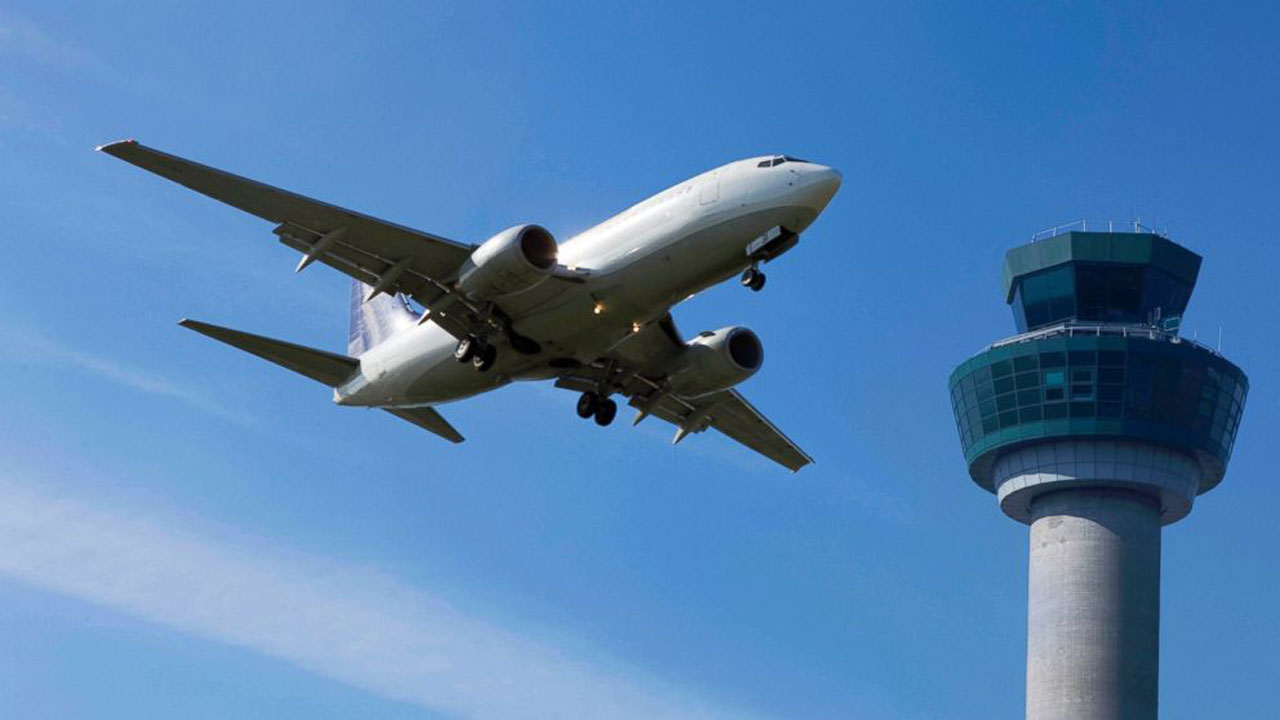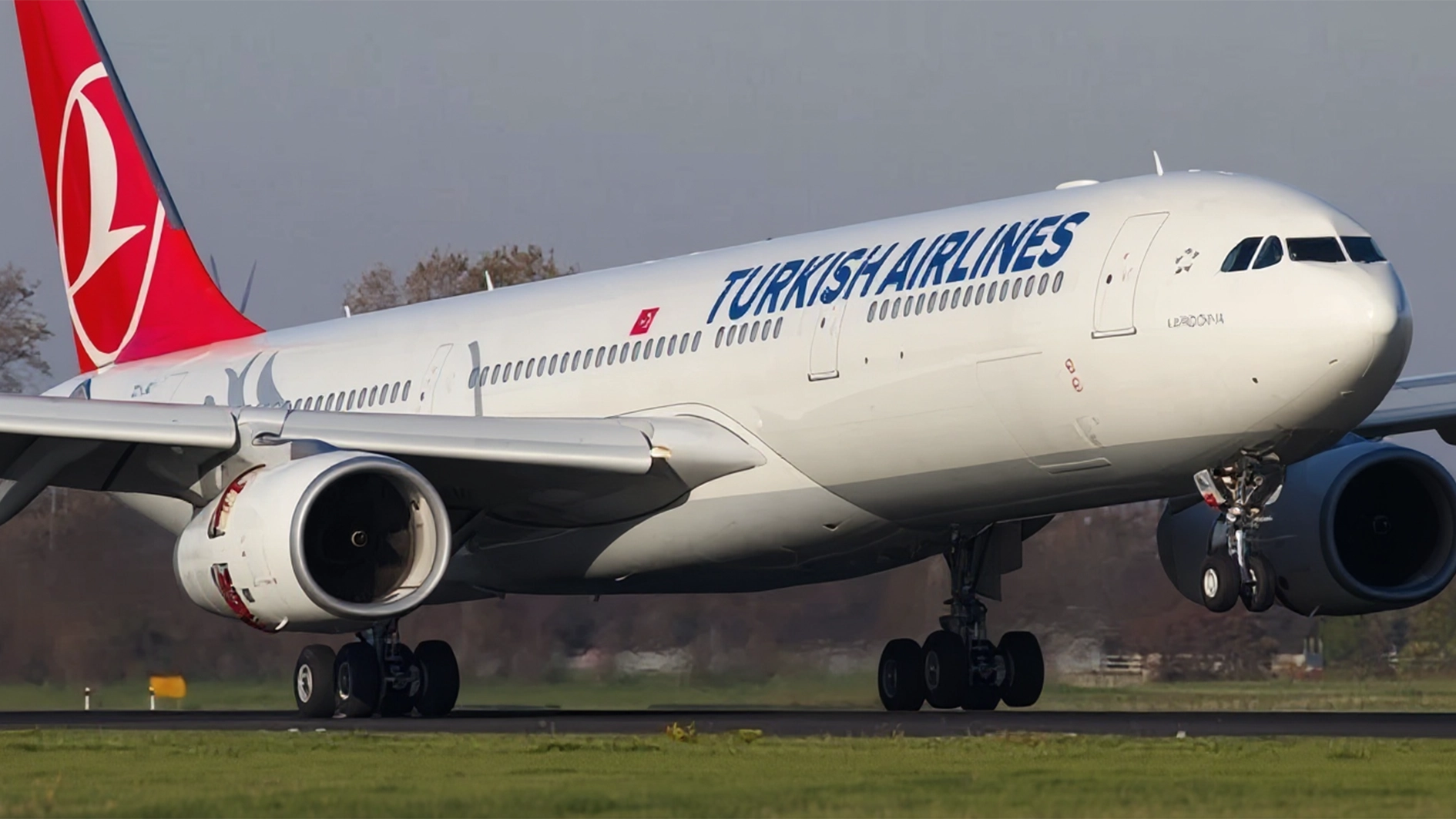
The International Air Transport Association (IATA) has announced that the post-COVID recovery momentum continued in June for passenger markets.
Total traffic in June 2023 (measured in revenue passenger kilometres or RPKs) rose 31.0 per cent compared to June 2022.
Globally, traffic is now at 94.2 per cent of pre-COVID levels. For the first half of 2023, total traffic was up 47.2 per cent compared to the year-ago period.
pad[
International traffic climbed 33.7 per cent versus June 2022 with all markets showing robust growth. International RPKs reached 88.2 per cent of June 2019 levels. First half 2023 international traffic was up 58.6 per cent over the first half of 2022.
IATA’s Director General, Willie Walsh, affirmed the northern summer travel season got off to a strong start in June with double-digit demand growth and average load factors topping 84 per cent.
“Planes are full, which is good news for airlines, local economies, and travel and tourism dependent jobs. All benefit from the industry’s ongoing recovery,” Walsh said.
African airlines’ traffic rose 34.7 per cent in June 2023 versus a year ago, the second highest percentage gain among the regions.
June capacity was up 44.8 per cent and load factor fell 5.1 percentage points to 68.1 per cent, lowest among the regions. Africa was the only region to see a decline in the monthly international load factor compared to the year ago period, IATA stated.
Asia-Pacific airlines had a 128.1 per cent increase in June 2023 traffic compared to June 2022, easily the largest percentage gain among the regions. Capacity climbed 115.6 per cent and the load factor increased by 4.6 percentage points to 82.9 per cent.
European carriers posted a 14.0 per cent traffic rise versus June 2022. Capacity rose 12.6 per cent, and load factor climbed 1.1 percentage points to 87.8 per cent, which was the second highest among the regions.
Middle Eastern airlines’ June traffic climbed 29.2 per cent compared to June last year. Capacity rose 25.9 per cent and load factor improved 2.0 percentage points to 79.8 per cent.
North American carriers saw traffic climb 23.3 per cent in June 2023 versus the 2022 period. Capacity increased 19.5 per cent, and load factor rose 2.7 percentage points to 90.2 per cent, which was the highest among the regions.
Latin American airlines had a 25.8 per cent traffic increase compared to the same month in 2022. June capacity climbed 25.0 per cent and load factor rose 0.6 percentage points to 84.8 per cent.
Walsh added: “As strong as travel demand has been, arguably it could be even stronger. Demand is outrunning capacity growth. Well documented problems in the aviation supply chain mean that many airlines have not taken delivery of all the new, more environmentally friendly aircraft they had expected, while numerous aircraft are parked awaiting critical spare parts.
“And, for the fleet that is in service, some air navigation service providers (ANSPs) are failing to deliver the requisite capacity and resilience to meet travel demand. Delays and trimmed schedules are frustrating for both passengers and their airlines. Governments cannot continue to ignore the accountability of ANSPs in places where passenger rights regimes place the brunt of accountability on airlines,” he said.






